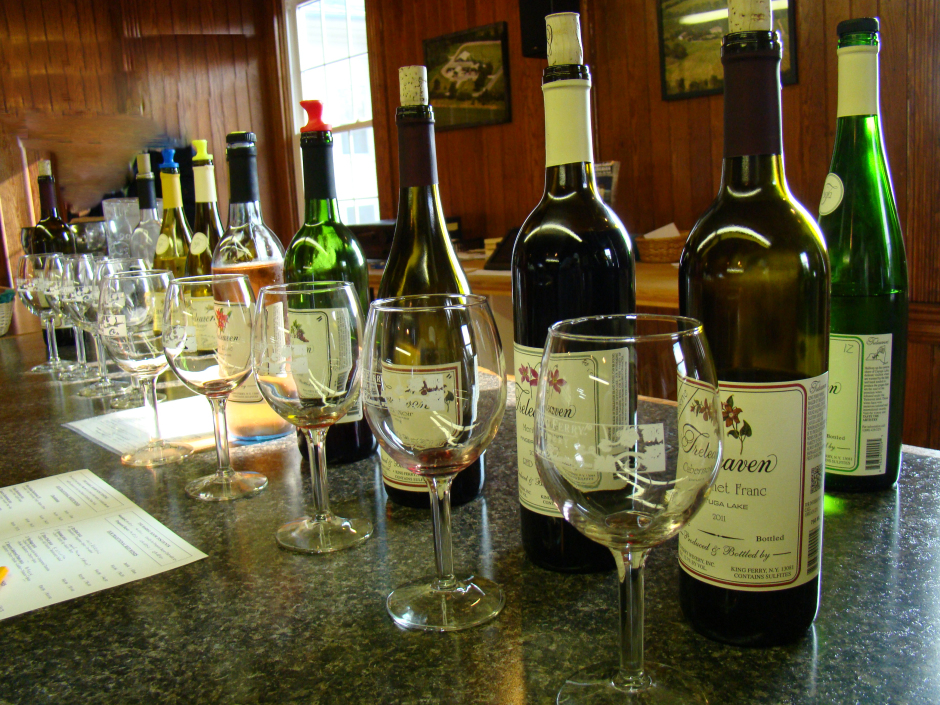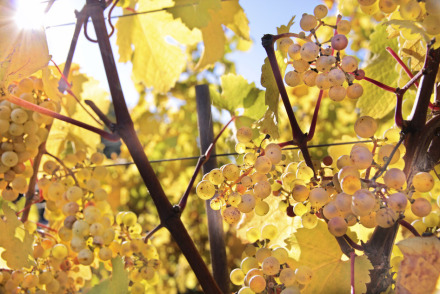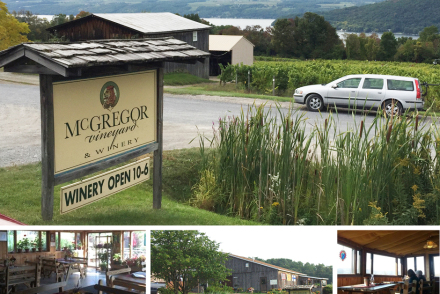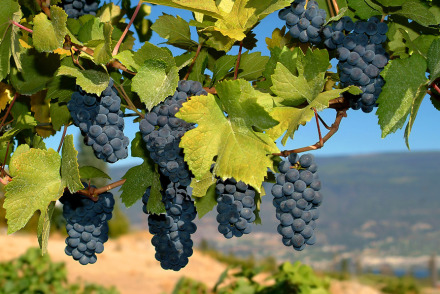If you’re a beginner at wine tasting it is a fascinating world to enter into. My husband and I were never wine drinkers until we moved to the Finger Lakes area of New York. There are tons of local wineries located on the lakes here. Since we have so many in our backyard it makes wine tasting a nice weekend outing for us.
We began tasting wine about six years ago and started with the sweet varieties. “The sweeter the better” was our motto then. But now we are on the dry end of the wine spectrum.
I hear from a lot of people who mention they do not care for wine necessarily – but would like to experience wine tastings, since they seem to be so much fun. I always tell people to start out with sweet and ice wines. Who doesn’t like sugar, right? The sweet wines have more sugar to disguise the overall wine taste until your palette can develop. There are many varieties out there to try in these genres. The Finger Lakes wineries offer an ice wine which has a grape juice taste. During the production of Ice Wine the sugars do not freeze, but the water in the grape does, allowing a more concentrated grape taste and a “very” sweet wine. They are slightly expensive (because of the difficulties to process) but worth a taste when you’re just starting out. Sweet wines will offer you a rich fruity taste that most beginners seem to find agreeable.
When you have tasted the sweet wines for awhile you will soon begin to start drifting to the semi-sweet side. A semi-sweet wine process adds some sugar to the wine to complement the acidity. You will also begin to notice a slightly different taste and aroma. Some good wines to start with in the semi-sweet category are Rieslings and Rose wines.
After that you may be ready to move on to something new, but are not quite ready for the dry end of the wine spectrum. Not a problem. There are plenty of semi-dry wines for you to try. By now you will notice your palette will be able to pick up more on the fruit and acidity in the wines. The acidity helps to counter the sweetness. You will begin to notice words that describe your wines like butter, floral, citrus notes with fruit forward, light or medium body. You will also notice the semi-dry wines offer a fruity taste with only a hint of sweetness and without the added sugar that sweet wines offer. Your palette is growing!
Now you’re ready to cross over to the dry end of the wine spectrum. It is amazing how your palette really does change over a period of time. You will begin to pay close attention to the tannins and body of the wines. Full-bodied wines are a real treat. Red wines will not have the taste of sweetness anymore and will be described as “tannic.” Tannins are best described as the natural compounds that exist inside the grape that cause the dry sensation in your mouth. The dryness depends on whether a wine is high or low in tannins. Dry whites may offer an aroma of sweetness and full fruity flavor, but the wine itself will not be sweet to the taste. Whites are described as being astringent – again, describing the dryness. To me, dry wines are excellent when paired with food.
My husband and I started out on the sweet end of the wine spectrum before progressing to the dry end. During all of our wine tastings we have learned so much about the ins and outs of vineyards, wine-making, wine-tasting, and the market. We have really learned to appreciate the little fruit we call “grapes.” The wine world can be a little confusing I know; but just remember why you started tasting wines in the first place: to have fun, to learn and to experience a new world.
Remember to keep it simple and enjoyable. Don’t make it so much about knowing everything about wine that you forget how to enjoy the wine. Cheers!





